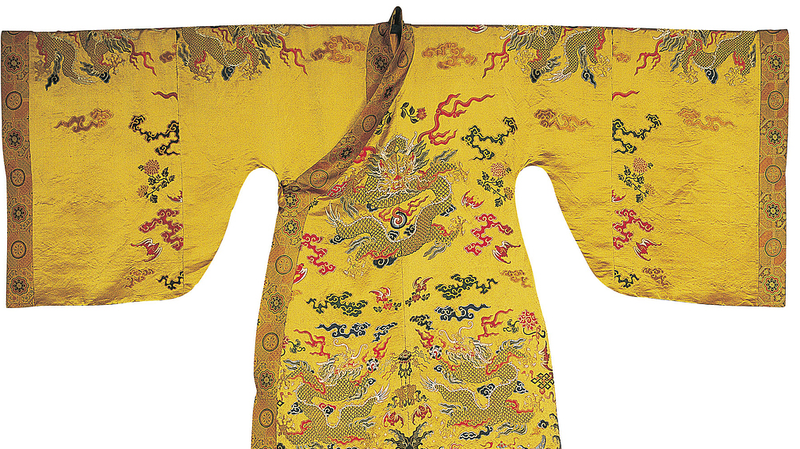History buff or just scrolling for cool art? Either way, you'll love the recent unveiling of a Qing-era Ryukyu king's dragon robe replica by the Nanjing Yunjin Research Institute 😍. This eye-catching piece of Yunjin brocade (a luxury silk weave from Nanjing) is more than a fashion throwback—it's a wearable time machine! ⏳
The Ryukyu Kingdom (modern-day Okinawa and surrounding isles) sat between the island of Taiwan and Japan's Kyushu. Back in 1372, Ming Dynasty Emperor Zhu Yuanzhang sent envoy Yang Zai to grant official titles to three local rulers, kicking off a tribute relationship where Ryukyu sent gifts and recognition in exchange for status and trade perks 🎁. After they united under King Sho Hashi in 1429, the whole kingdom stayed in China's tributary system for centuries.
Even with dynastic changes, Ryukyu kept up those tribute missions through the Qing Dynasty (1644-1911). They adopted Qing reign titles and held onto Ming-style court customs and attire—like this dragon robe! 🐉 The new replica was crafted using traditional Yunjin techniques, taking months of careful weaving and hand-painting to match the original's intricate patterns.
Why does this matter in 2025? Seeing history come alive helps us understand how regional cultures influenced each other, from textile motifs to diplomatic ties. For many in South and Southeast Asia—where trade and tribute shaped past empires—this robe is a reminder of our shared heritage and how art can connect communities across time and sea 🌊.
This stunning replica not only refreshes our understanding of East Asian history but also shows how textiles once served as diplomatic posts—almost like today's social media feeds connecting people across borders 🧵💬.
Reference(s):
cgtn.com




